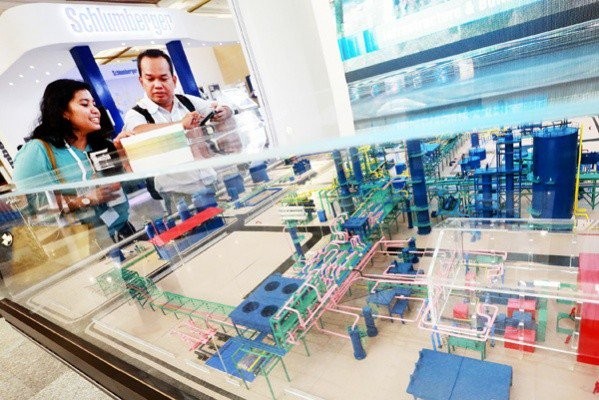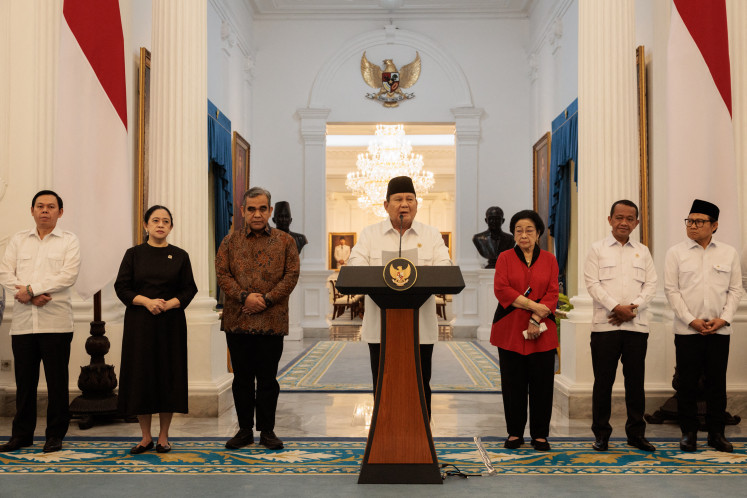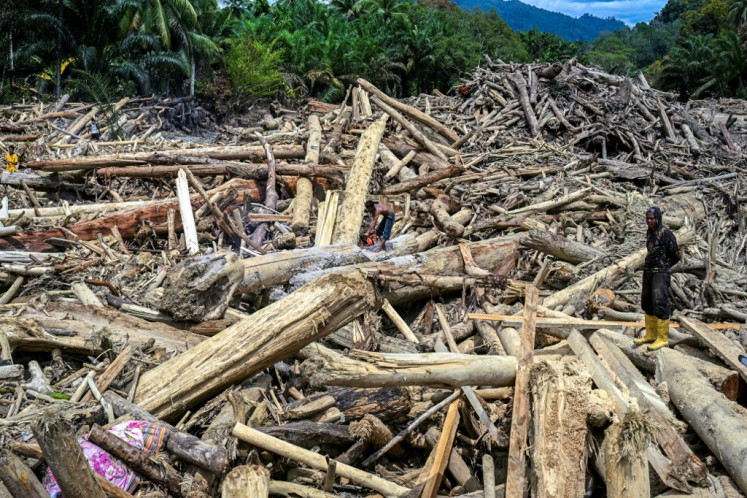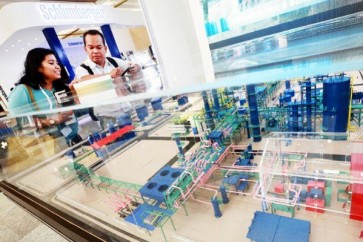Popular Reads
Top Results
Can't find what you're looking for?
View all search resultsPopular Reads
Top Results
Can't find what you're looking for?
View all search resultsIs importing gas a solution?
There are two ways to cope with a gas shortage: 1. import, and 2. develop in country stranded gas. Following are comparisons of the advantages and disadvantages of these two solutions.
Change text size
Gift Premium Articles
to Anyone
I
ndonesia will experience a gas shortage beginning in 2019. The gas shortage is expected to reach 500 million standard cubic feet per day (mmscfd) in 2019 and is projected to further increase to 10,000 mmscfd in 2030 due to an increase in demand and decline in the country’s production, according to a senior Pertamina official (The Jakarta Post, Feb. 8).
There are two ways to cope with a gas shortage: 1. import, and 2. develop in country stranded gas. Following are comparisons of the advantages and disadvantages of these two solutions. This article shows that the second solution is definitely the best for the country.
Importing seems to be the right solution based on a number of considerations, below:
According to Wood Mackenzie, the long-term gas price outlook for power in Indonesia for 2015 was in the range of US$8 to $10 per million British thermal units (mmbtu), or an average of $9 per mmbtu, compared to the gas price in Malaysia and Singapore of around $4 per mmbtu.
Pertamina estimates $70 to $80 billion is needed to develop gas infrastructure until 2030 (the Post, Feb. 8).
Looking at those two reasons above, some people would simply conclude that importing gas would be the right solution since the cost of importing the gas and the gas price itself are lower than the Indonesian gas price. In addition, the Indonesian government would not have to build expensive infrastructure facilities.
Let’s look into this in more detail: Assume that the price of imported gas is $4 per mmbtu. In reality, the government would have to pay the cost of regasification and transportation from the supplier to the regasification facility. Moreover, in the long run, more re-gasification facilities would have to be built to accommodate the increase in imported gas. In conclusion, the price of imported gas would far exceed $4 per mmbtu.


















